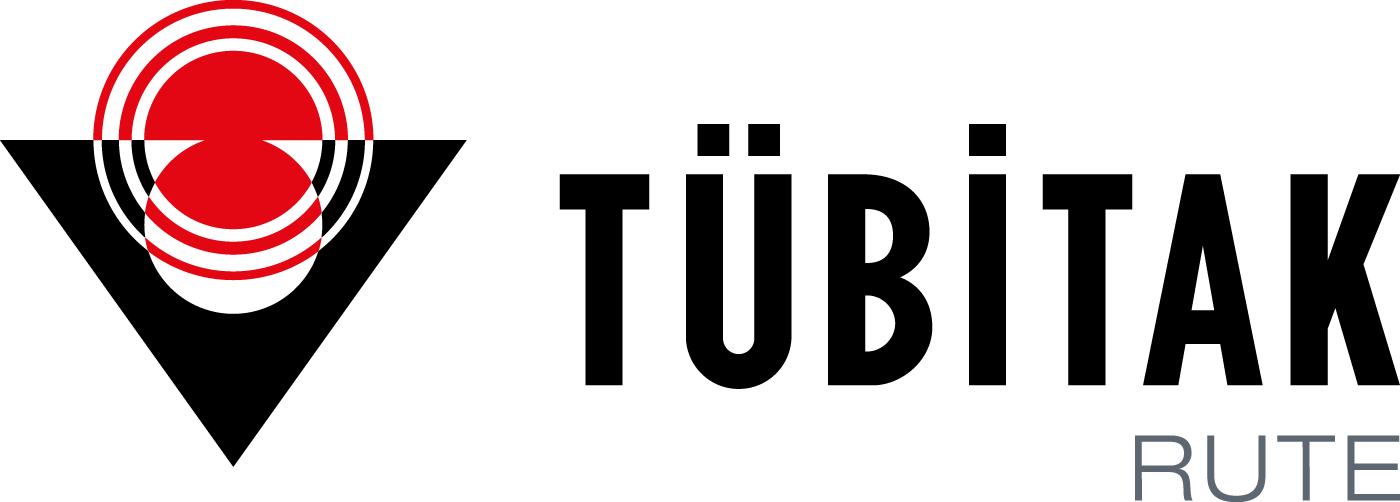R&D
Alternative Energy Technologies Department
The Engine and Transmission Systems Group, operating within the Alternative Energy Technologies Department, continues its activities in three areas: the Engine and Transmission Systems Group, the Energy Storage Systems Group, and the Laboratory and Testing Group. The Engine and Transmission Systems Group conducts design, analysis, calibration, and testing of internal combustion engines, contributing to the development of power transmission systems for railway, marine, and land vehicles. The group pioneers research on environmentally friendly, highly efficient, and carbon-neutral engines. The Energy Storage Systems Group designs components of secondary batteries, engages in material, cell, and battery module development, and conducts comprehensive tests for various storage technologies. Additionally, it produces innovative solutions for primary and secondary lithium-ion batteries, nickel-metal hydride batteries, lead-acid batteries, and gel batteries through R&D activities such as reduced-cobalt electrode and cell production from recycled materials. The Laboratory and Testing Group conducts R&D activities on internal combustion engines and electric motors, coordinates certification processes, and manages industrial service processes. This group has successfully conducted emission type approval tests for light commercial vehicles and non-road engines and continues its work at the Motor Excellence Center Laboratory.
- Purposes
- Working Areas
- Original and all intellectual property rights belong to our country,
Produced with a modular structure and domestic resources,
- To produce R&D solutions that meet the needs of our stakeholders,
Create battery formulas with different features in strategic areas,
- Obtain certification capabilities for our country,
Enable R&D activities to take place domestically,
Meet the latest technology and regulatory requirements,
- To produce R&D solutions that meet the needs of our stakeholders,
- High Power (>1,000 hp) Diesel Internal Combustion Engines (ICE)
- ICE Modeling and Model Validation
- ICE Combustion Concepts and Fuel Injection Strategy Development
- Computational Fluid Dynamics (CFD), Combustion, and Structural Analyses
- ICE Design and Generation of Production Files
- ICE Parts Supply and Production Network
- ICE Assembly
- ICE Performance and Emission Calibration
- Hydrogen/Ammonia Fueled Internal Combustion Engines
- Development of Hydrogen Engine Combustion Concepts
- Hydrogen Engine Design
- Development of Hydrogen Injection Concepts
- Power Transmission Systems
- Generator Set System Design
- Gear System Design
- Development of Drive System Concepts
- Electronic Control Unit (ECU) Design and Development
- ECU Function Development and Calibration
- ECU Motor Integration and Commissioning
- Active Material Development
- High Energy Density Cell and Component Development
- Next Generation Anode and Cathode Chemistries
- Next Generation Energy Storage Technologies such as Sodium Ion Battery
- Solid State Cell Development
- High-Voltage Electrolyte Compatibility
- 3D Current Collectors
- Fast Charging
- Cell Production from Recycled Materials
- Cell Design and Production using Reduced-Cobalt Cathode Chemistry
- Li-Ion Pouch-Type and Prismatic Cell Design
- Pilot-Scale Pouch-Type and Prismatic Cell Production
- Tests Conducted for Different Battery Technologies (Lithium-Ion Batteries, Nickel-Metal Hydride Batteries, Lead-Acid Batteries, etc.)
- Comprehensive Electrical Tests for Cells with Different Geometries (Button, Cylindrical, Pouch-Type, Prismatic)
- Battery Module and Pack Level Electrical Performance Tests
- Life and Storage Tests
- Customer Defined Electrical Performance Tests
- Electrical Performance Tests in Different Temperature and Humidity Conditions
- AC and DC Internal Resistance Measurements for Cells, Modules, and Battery Packs
- Cell-Level Safety Tests (Puncture Test, Crush Test, Short Circuit Test, Impact Test)
- Vacuum and Helium Tightness Tests
- Consultancy Services
- Electric Motor Performance Tests
- Passenger and Light Commercial Vehicle Engine Performance and Emission Tests
- Heavy Commercial and Off-Road Vehicle Engine Performance and Emission Tests
- High Power Engine Development Tests
- Power Transmission Systems and Vehicle Control Unit Development Tests
- Passenger and Light Commercial Vehicle Performance and Emission Tests
- Diesel/Gasoline/Hydrogen Combustion Concept Development Tests in Single-Cylinder Engines
- Passenger and Light Commercial Vehicle Emission Certification Tests
- Heavy Commercial and Off-Road Vehicle Engine Emission Certification Tests
R&D
Infrastructure / Technical Specifications
Engine and Transmission Systems Group
The Engine and Transmission Systems Group, which operates under TÜBİTAK RUTE Alternative Energy Technologies Department, carries out design, analysis, calibration, testing and verification studies of high-power internal combustion engines of strategic importance for our country.
Energy Storage Systems Group
The Energy Storage Systems Group, operating under TÜBİTAK RUTE Alternative Energy Technologies Department, designs, develops and manufactures battery components (anode, cathode and electrolyte) and battery prototypes of secondary batteries.
Laboratory and Testing Group
R&D
Projects / Products
The Original Engine, designed and produced domestically for use in TCDD's shunting locomotives, features V8/V12/V16 configurations. The first prototype of the engine is the V8 configuration, capable of generating 1,200 HP at 1,800 rpm and 4,960 Nm of torque at 1,400 rpm. With all licensing rights owned by our country, this engine is highly efficient with a specific fuel consumption of 193 g/kWh. After marinization, the engine is adapted for maritime platforms and, with its modular structure, can produce 2,400 HP in the V16 configuration.
In the context of our country's 2053 net-zero goals, the development of carbon-neutral technologies in an integrated manner with Europe and the world is crucial. Hydrogen, when obtained using renewable energy sources, is a zero-carbon dioxide-emitting fuel, making it the most environmentally friendly and sustainable energy source for internal combustion engines. The motor that operates on 100% hydrogen is the initial application platform within the project, and it will play a significant role in transitioning to a green ecosystem. The hydrogen engine project is one of the pioneering initiatives in this field in our country. As part of the project, hydrogen combustion has been realized in a single-cylinder research engine, and combustion images have been successfully captured.
Calibration and durability studies of the engines developed by leading engine manufacturing companies in our country are conducted on internal combustion engine dynamometers.
As part of electric vehicle development studies, all development, calibration, range, performance, and energy consumption tests of the vehicle are conducted.
For the first time in our country, Phase V emission type approval tests of a domestic manufacturer of off-road vehicle engines were carried out in our center and approved by a local technical service.
- Pouch type Battery
- Prismatic Battery
- 2 Series 2 Parallel Battery Module
- 12 Series 2 Parallel Battery Module
- 3 Series 2 Parallel Battery Module
- 7 Series 8 Parallel Battery Module
- 1 kWh Battery Pack
- 5 kWh Battery Pack
- Stand-alone Battery Management System
- Battery Management System
R&D
Objectives
- To ensure independence in the design of high-power internal combustion engines (ICE), particularly contributing to the strategic product manufacturing in the railway and maritime sectors.
- To contribute to our country's net-zero goals with environmentally friendly, efficient, and innovative technologies, supporting the achievement of this goal with local and national resources.
- To design and manufacture power systems for TCDD's existing diesel-electric locomotives and locomotives with innovative traction systems.
- To design and develop environmentally friendly battery cells with high energy density, reducing raw material dependence.
- To develop methods to increase the safety levels of batteries and conduct R&D studies on highly reliable battery chemistries.
- To lead the development of next-generation battery technologies to pioneer efforts in this field in our country.
- To become a focal point for certification tests to enhance our ability to monitor and control vehicles and engines entering our country.
- To possess systems compliant with the latest regulations for certification tests conducted on all test systems and to keep abreast of regulations.
- To establish infrastructure for certification tests compliant with the latest regulations in all test systems and actively monitor regulations.
- To responsibly meet the requests from manufacturers while adhering to privacy policies.

